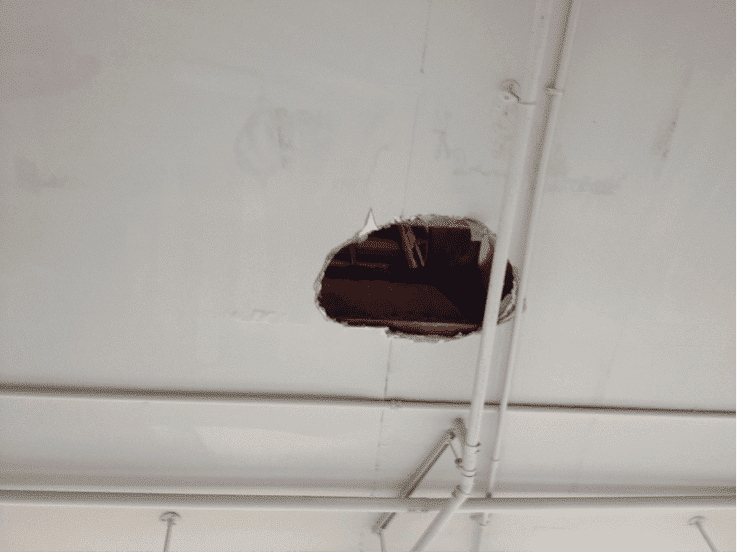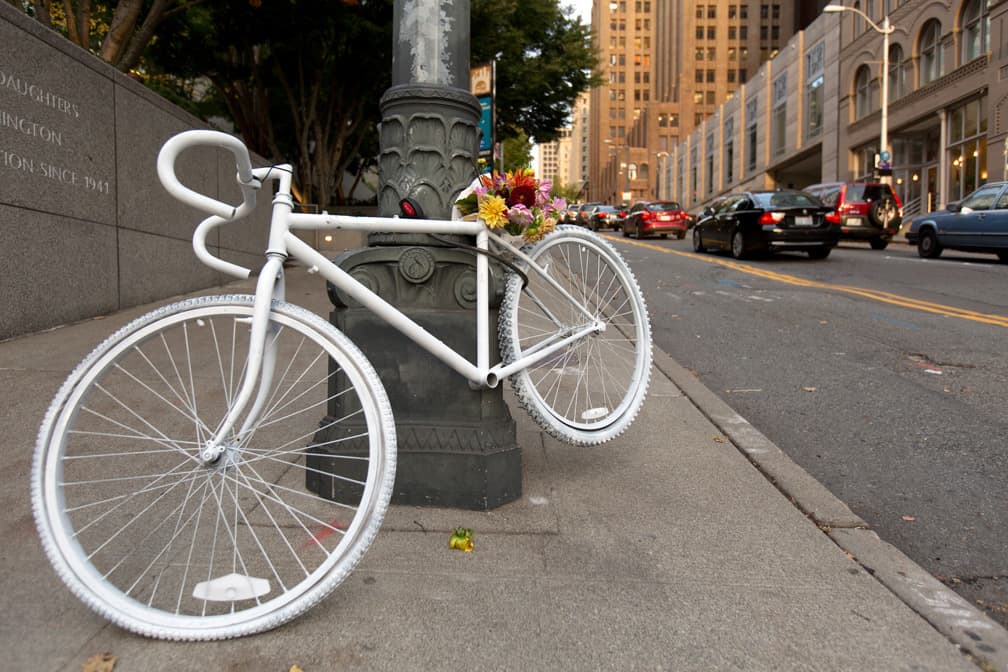As a plaintiff’s lawyer, I am often retained to help injured people and their families long after the harm has occurred. Most people—rightfully—focus on medical care, recovery and grieving.
On the defendant’s side, insurance companies know about a serious crash or injury incident almost immediately.
They have investigators, experts and lawyers on retainer.
Their team usually goes to the scene of the incident. They get photographs, measurements and witness statements. They can instruct their own insured, employees and agents not to make any statements.
Over the course of my career, I have been retained very soon after an incident or crash…or many years later.

What I have learned: no matter when you are retained, it is critically important to investigate a case quickly, and get as much information as possible.
A Checklist for a Plaintiff’s Lawyer Investigation:
☐ Find existing investigations.
Determine what, if any, investigations have already been conducted.
Is there a police report? Is an insurance company investigating? Do any government agencies or private businesses that may have an interest in this claim? Make a list.
☐ Request all of the records.
Obtain any investigations, reports, medical records: any and all potentially relevant documents and materials. Even if you’re not certain that they exist, request these records yourself.
☐ Go to the scene.
No matter how long ago the event occurred, investigate the location yourself (if possible). It can be the best way to form a full picture of the events that led to your client’s injuries.
☐ Preserve evidence.
Send a spoliation letter to the offending party and/or their representatives.
☐ Interview potential witnesses.
Locate and interview all listed and potential witnesses. It may be worth retaining an experienced investigator. If you have questions on this, contact me.
☐ Find a liability expert.
An expert can help you determine what happened, build and refine your case theory.

Not everything on this list will be relevant for every case.
But, I have found it particularly useful for major cases, especially if liability is unclear or disputed.
Investigations are not always helpful. As a plaintiff’s’ lawyer, you might go to the scene of an incident or crash, and not learn anything new. You might talk to dozens of people, and not find any helpful witnesses. Don’t let it discourage you from making the effort.
My advice for a plaintiff’s lawyer: don’t let it discourage you from making the effort.
A good investigation will still help you understand the strengths and weaknesses of your client’s case, even if you don’t uncover anything new.
– Attorney Kevin Coluccio
* Seattle Street Photo by photographer Meryl Schenker.



